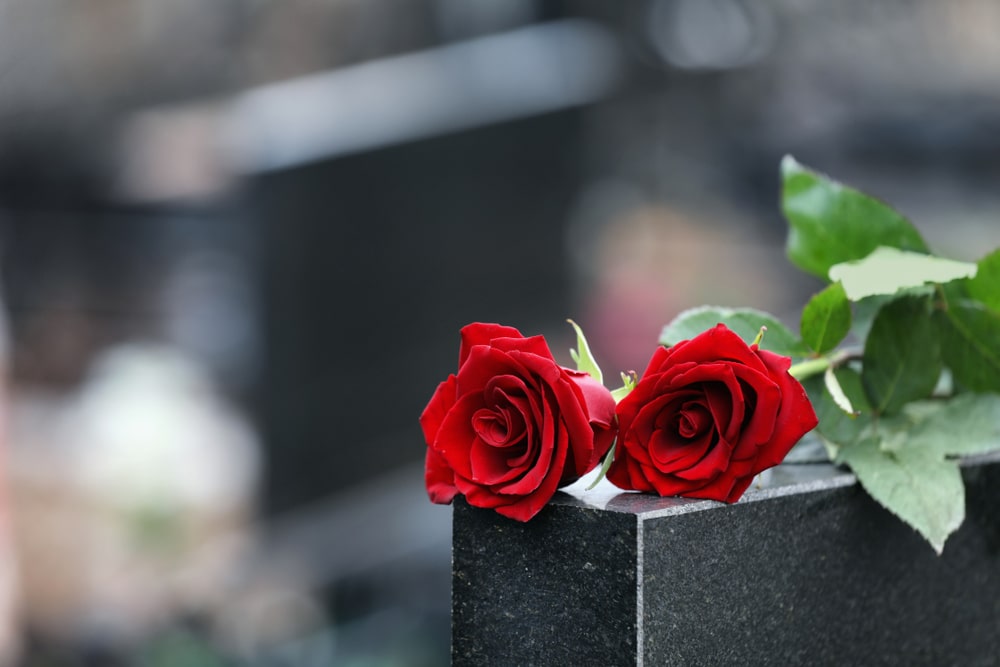
Drawn To Cemeteries & Memorials? You Could be a Taphophile
When the shadow of death descends on a family, the notion of loss can strike fear and awe in those who are experiencing grief. They must deal with so many emotions, decisions, experiencing unfamiliar surroundings, feelings they may have never felt, places they never thought they would have to visit.
What is a taphophile?
This is not true of some of the people known as “taphophiles” – literally people who are interested in cemeteries and gravestones. The word cemetery is from Greek etymology – derived from a word which literally means sleeping chamber or burial place. Cemeteries are often considered places of peace; it has always been conveyed that they are places of rest and serenity. Taphophiles consider them to be places of education and fascination, while cemetery and memorial park owners, doyens, and founders have almost always expressed the former sentiment before the latter.
It seems at large that we, as a society, have started to discredit the need and purpose of cemeteries. Many do not see or comprehend what taphophiles do: cemeteries are not just places of rest for the dead - they are steppingstones into our past.
The appeal & importance of cemeteries
Many people ask me how I became interested in funeral service as a career – especially at such an early age. My response is always the same: Cemeteries. I started out as a taphophile. One summer, my stepmom was researching family history for membership in the Daughters of the Republic of Texas and we literally spent the entire summer traveling the state of Texas going through cemeteries. Obviously, that had an impact on me.
Even before that, though, my grandfather used to take me to our family’s graves, and I very vividly remember seeing my great grandmother’s headstone and reading the words Ruhe in Frieden – German for “Rest in Peace.” I remember as he told me stories of family members whose graves we were visiting, and where they fit in our family history. It was there that I first learned of my family – who they were, what they did to thrive and, ultimately, where I came from. These stones I saw were more than just places of record for future generations, they were almost like portals into the past and lives of my ancestors. Not just portals to the past – but avenues that opened conversation and stirred the heart and sparked the memory.
The importance of headstones & permanent memorials
Shouldn’t there always be a stepping-stone of some sort? In my own life and career as a funeral and cremation professional and historian, I came to recognize the importance of these stepping-stones early on. It is very important for these touchstones to be available for generations to come.
Now, let me make myself a little clearer. A final resting place can be a memory forest, a family plot, a columbarium niche, a mausoleum crypt – whatever is appropriate for a particular family, the result is always the same: a waymarking, a touchstone, a stepping-stone that leaves a physical legacy for future generations. Additionally, whatever shape or form this final resting place takes, experts agree that it is detrimental to the grieving process to have the closure of a permanent memorial.
When a family chooses to scatter a loved one’s cremated remains, we should always encourage some type of permanent memorial – something tangible, something that they can touch and feel, not just emotionally and spiritually, but physically.
Conclusion: The legacy of stepping-stones
I always enjoyed the trips with my grandpa, or other family members, and finding out where I came from – who my family and ancestors were and are. I have always had the feeling of both “this is where they rest” and “this is where the memories are.”
This is a very important heritage that we must pass on to our future generations. Many stories and thoughts have been shared while visiting the Engler Family plot at San Geronimo Cemetery in Seguin, Texas. And even though it is my choice to be cremated, perhaps my cremated remains will one day rest there as well. Then, in years to come, my son, grandchildren, and all my progeny will be afforded the opportunity to return there and honor my memory and pay homage to the legacy I’ve left.
These steppingstones to the past make this possible.


